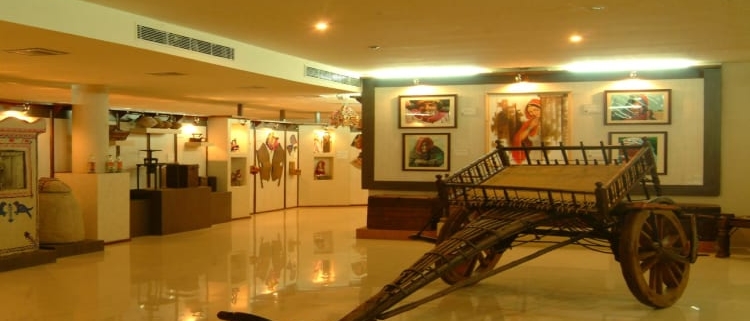DHAROHAR MUSEUM, NEAR BY HOTEL HOME STAY KURUKSHETRA
This region of Haryana has been home to people from many different civilizations and cultures and has had an enormous impact on the social systems and culture of the area. The Dharohar Haryana Museum, was opened in 2006, is dedicated to preserving Haryana’s living traditions. The vast majority of the exhibit’s artefacts were contributed by persons living in remote parts of the state. The museum is now working on a new exhibit depicting the lives of the people of the past. There will also be a continuation of the current display. In order to demonstrate how rapidly this component of culture is vanishing, the new display has been created.
The Dharohar Museum displays the state’s extensive historical, cultural, archaeological, and architectural resources. The Golden Jubilee Year of Kurukshetra University marked the establishment of this institute. The museum’s 23 galleries feature paintings, pictures, artefacts, and manuscripts that tell the storey of the region’s history. The museum complex contains an open-air auditorium where folk shows are frequently staged.
At Kurukshetra University, the university’s golden jubilee celebration, a museum was built inside the university campus to display Haryana’s distinct cultural and architectural history. Through its dioramas as well as other exhibits, it truly transports tourists into a normal Haryanvi village, giving them the impression that they may live there for a few days. Its galleries include an open-air mud kitchen with a variety of brass-encased items, such as containers for curd and water, pickle pots and cane baskets, a kerosene lantern and a woman cooking food on a classic chulha using cow-dung cakes as fuel. Exhibitions in additional galleries include Haryanvi gold jewelry, handicrafts, toys, brass and copper storage boxes and farming tools, wooden carts, and musical equipment. Indian army martyrs’ images are on exhibit in a gallery of the museum. At the end of the show, there is a charming town where you can’t help but pose with dioramas.
Many ladies come to fill their jerry cans at the village well, making for an interesting sight. Seeing a man playing a wooden instrument in the shade of a peepal tree is also a welcome sighting. Additionally, there are many intriguing stores in the hamlet, such as tailors, hair dressers, blacksmiths, potters, spinners, bangle vendors, and others. Sacred Hindu practises, such as yagya, can be observed here as well.
Every visitor to this great museum leaves with a renewed sense of motivation to preserve their own cultural heritage.



